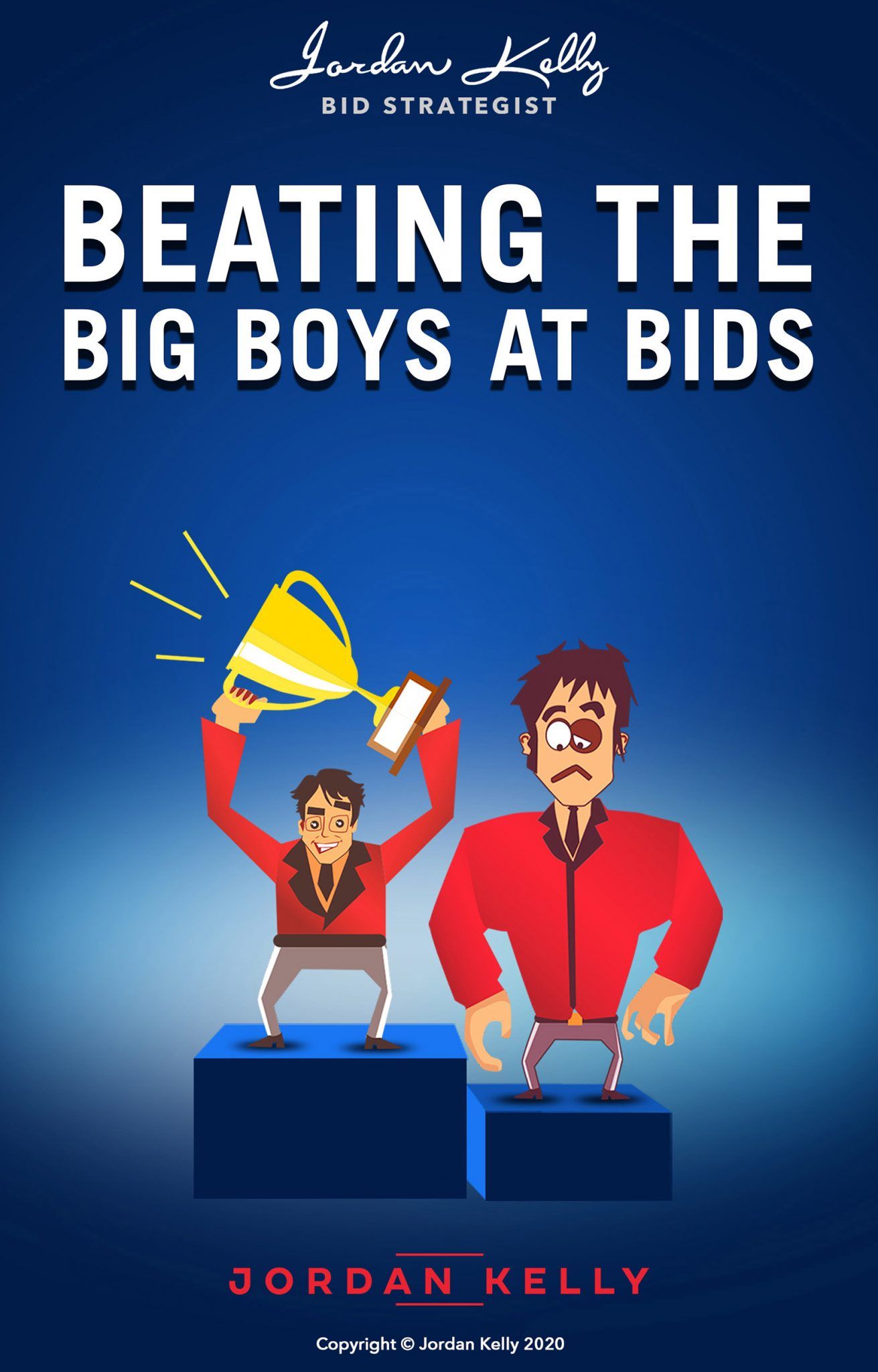CATEGORIES:

Of all industries, the freight and transport sector is arguably one of those most at risk of its services being viewed and treated as commodities. It’s a depressing reality for the industry, but there is an answer.
If a company struggles to differentiate its product or service from that of its competition, the first element of any corrective strategy should be to seek to understand its prospects and its clients at a deeply detailed level.
Not all companies do this well. Most don’t – regardless of any conviction to the contrary. Why am I confident to make such a sweeping statement? I see the evidence on a daily basis as a bid strategist and writer, and as an evaluator and bid coach.
When I take on a new client, almost without exception, that organisation’s written proposal materials speak for themselves in this regard: Most companies take a heavily self-centric perspective in responding to tender calls, or in producing any other form of bid or proposal. And those that think they don’t, are always surprised to learn just how much further they could go in taking (what they thought was) a client-centric approach . . . and, in the process, de-commoditising themselves far more effectively.
Symptoms of Self-Centricity
In this post, I’m going to focus on how a self-centric perspective shows up in a bidder’s documentation. In order to give very specific and “graspable” examples, I’m going to focus on just one part of a bid document: the Executive Summary. This front-piece of a bid, tender or proposal is where the bidder’s client-centric – or, alternatively, its self-centric – approach shows up loud and clear.
In the following commentary, I provide just two examples that literally whack a tender evaluator between the eyes with a bidder’s self-centricity. I’m going to highlight the underlying problem, and let you, yourself, go deep-diving for the many Pursuits Academy posts that provide solutions.
Understanding the problem before looking for the solution, however, is critical. Without an understanding of what “wrong” looks like and why it’s wrong, “right” isn’t so easily identifiable nor the logic behind it so obvious.
Example 1: ‘We, Our, Us’
I once evaluated a bid, the Executive Summary of which featured the seller’s name no less than 17 times in a short series of introductory paragraphs.
You might laugh at that, but a large percentage of Executive Summaries end up with the seller’s or service provider’s name (or “We”, “Our” and “Us”) at the beginning of most paragraphs.
This indicates a lack of knowledge, understanding and caring about the client organisation and its issues and priorities, as well as a lack of listening skills and a probable low “care factor” on the part of the bidder.
The propensity for a bidder to communicate in such a way that the world revolves around them i.e. the supplier or service provider, rather than around the prospect / client makes it obvious to the client and its evaluators that the entire working relationship is likely to evolve in this same, very predictable, direction.
This – in the client’s mind – places that bidder in the same self-focused category as the majority of its competition. And this, in turn, relegates it to a largely undifferentiated status.
Example 2: Not Framing Strengths in A Meaningful Manner
Most Executive Summaries focus almost exclusively on getting across the bidder’s strengths, and perhaps the uniqueness of its offering within the competitive space in question. Few, however, investigate and explain the specific relevance of these to the client, and within the current environment in which that client organisation is operating.
Some Executive Summaries do start out in reference to the client, but only as a prelude to a monologue about the bidder’s own capabilities and credentials . . . still not taking the time to fully draw out the client- or contract-specific relevance of these.
This comes across as arrogant. Not a desirable trait in a working relationship. Worse still, it comes across as cloth-eared arrogance, to any prospect that may have had discussions about its issues with a bidder, and that could reasonably expect to see the key points of those conversations reflected in a proposal.
If nothing else, though, it’s a wasted opportunity. Regardless of any information requests made in a client’s tender call documentation, the client’s interest in the service provider centres around the relevance of that information to its own organisation, priorities, issues and potential contract with the bidder.
So let’s come back to de-commoditisation.
The extent to which your company, as the bidder/service provider, can demonstrate (a) a relevant and competitively superior understanding of the client organisation, and (b) how your strengths and the aspects of your offering uniquely position you to solve the client’s problem and/or achieve that organisation’s desires, is the margin by which you’ll be out in front of your competition.
And the extent to which you are out in front of your competition (on elements of your offer other than price) is the extent to which you have successfully differentiated your company and differentiated your service or solution.
In turn, the extent to which you’ve differentiated and de-commoditised, is the extent to which you free yourself from the price trap into which most operators in heavily commoditised industries – like freight and transport – otherwise fall.
BID COMMANDOS
On-Target Strategy for Mission Critical Bids
(Training Program)
A comprehensive, 11-module course to ensure your team excels at every stage of a formal bidding process - from the initial bid/no bid analysis, right through to the client de-briefing session/s.
BEATING THE BIG BOYS AT BIDS

(Training Program)
Capitalise on the natural advantages of being a smaller, more agile - and potentially, more aware - operator than your corporate competitors.
In this five-module training program, I guide your team, in real-time, as it prepares for, and participates in, a formal tendering process.
(Equally applicable for producing proactive proposals and participating in less formal processes.)



